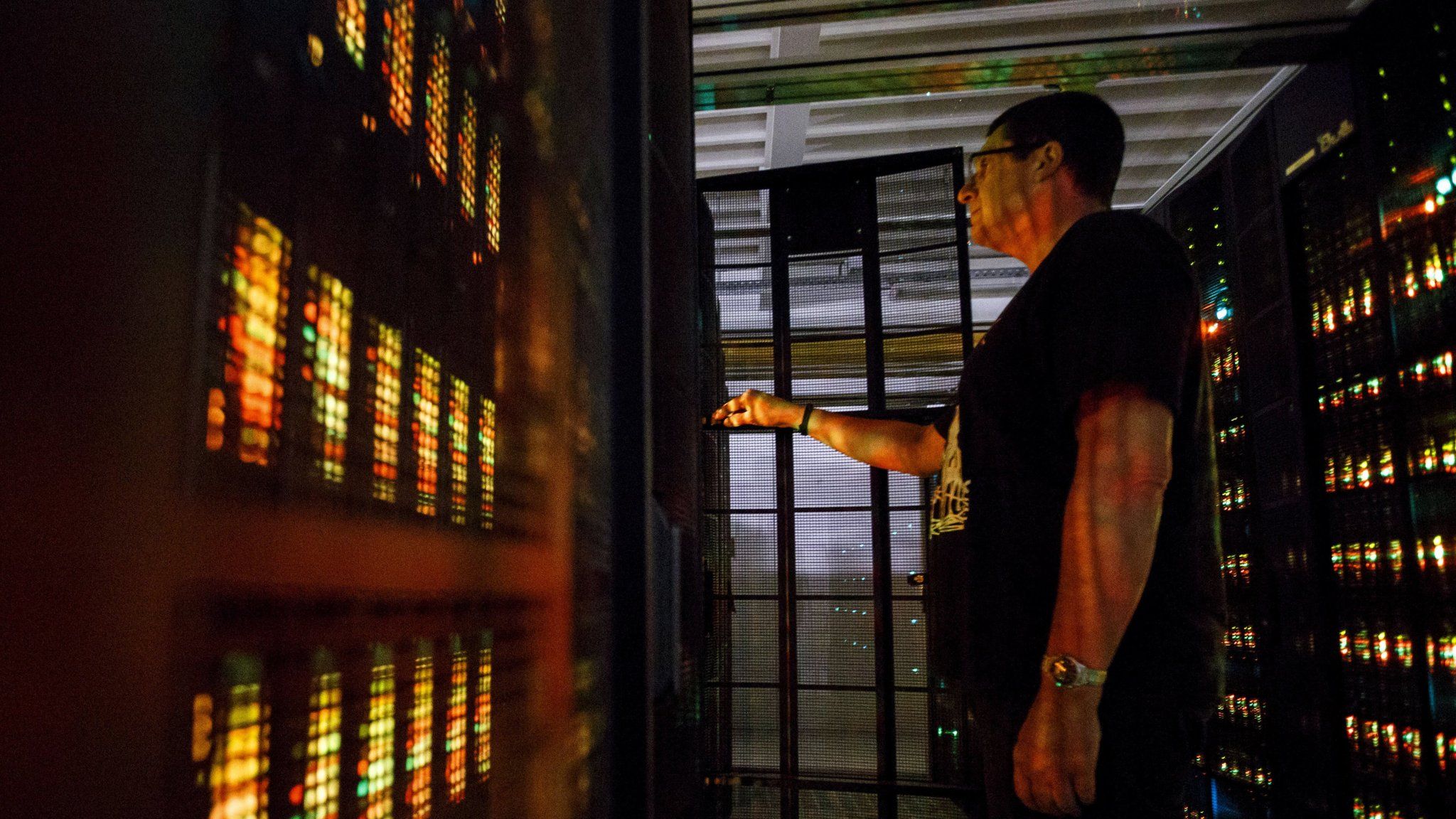Sat 17 June…NASA rocket to blast colored clouds into space…similar to our 2017 SpaceApps Groups Idea : https://2017.spaceappschallenge.org/challenges/warning-dange…er/project
- NASA is launching a rocket that will create colorful clouds in space.
- The rocket launch and clouds may be visible as far away as New York City.
- Such clouds will eventually be used to probe two big holes in Earth’s magnetic shield, called cusps.
- The launch will be live-streamed by NASA Wallops Flight Facility.
NASA is about to launch a rocket that will puff out highly visible clouds of red and blue-green vapor into space.
The rocket was supposed to launch on May 31, but bad weather and poor visibility pushed the mission back to Saturday, June 17, with a liftoff time between 9:05 p.m. and 9:20 p.m. EDT.





